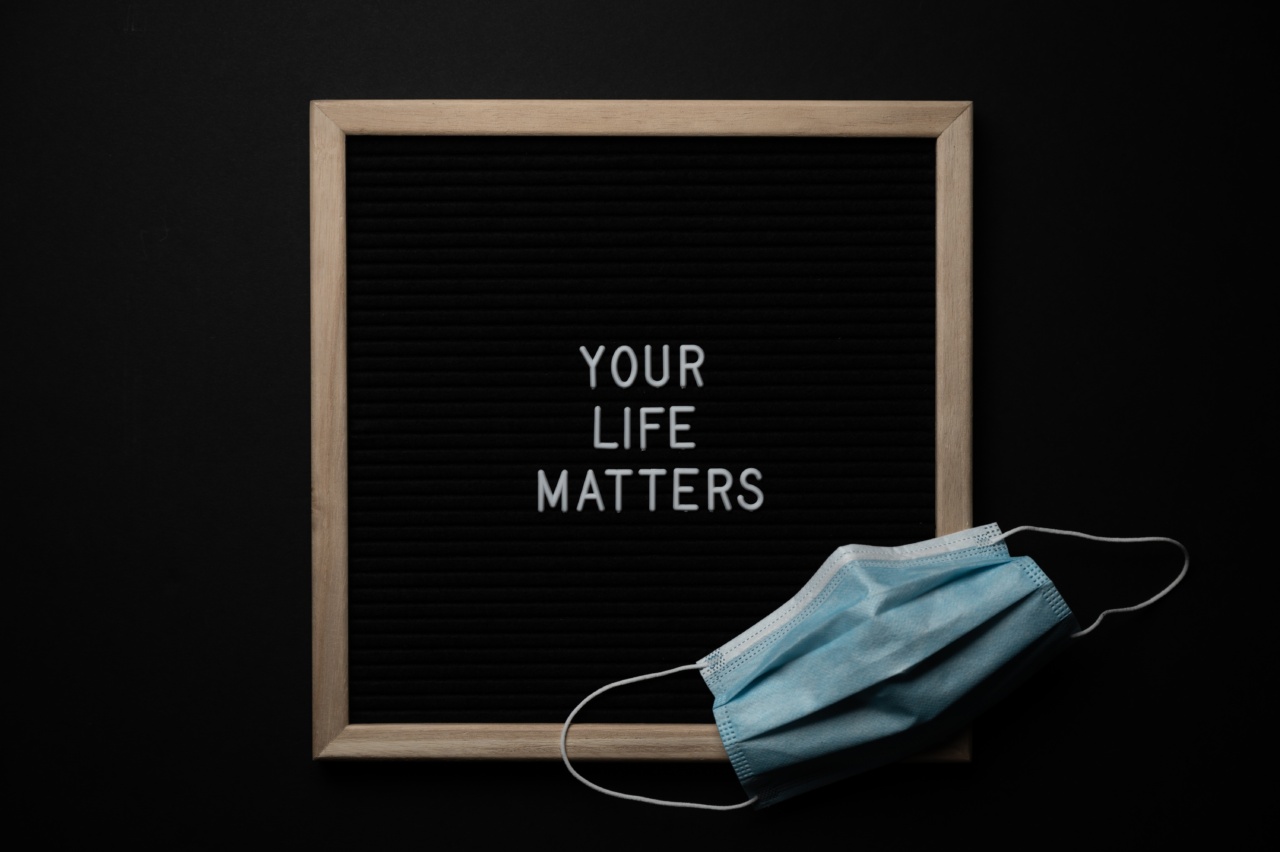Biliary calculi, commonly known as gallstones, are small, hard deposits that form in the gallbladder – a small organ located under the liver. These stones can vary in size, shape, and color, and can develop as a result of various factors.
Here are some of the factors that can increase a person’s risk for developing biliary calculi:.
Age and Gender
Biliary calculi are more common among women than men, especially those who are over the age of 60. However, men can also develop gallstones as well, particularly if they have other risk factors for the condition.
Additionally, people who are older than 40 years of age are also deemed to be at a higher risk of developing gallstones.
Obesity and Diet
Individuals who have a body mass index (BMI) of 30 or above are more prone to developing gallstones compared to those who maintain a healthy weight. Obesity can cause elevated levels of cholesterol in the liver, leading to the formation of gallstones.
A high-fat diet, rich in refined carbohydrates and low in fiber, can also increase the risk of developing biliary calculi. Moreover, rapid weight loss can also increase the likelihood of developing gallstones.
Family History
If a close relative has had gallstones, then the likelihood of developing them is also higher. Family history can indicate the presence of genetic factors that increase the risk of developing gallstones.
Medications and Medical Conditions
Some medications can disrupt the normal functioning of the gallbladder and liver, leading to the formation of gallstones.
Additionally, medical conditions such as cirrhosis, Crohn’s disease, and sickle cell anemia can also increase the likelihood of developing gallstones.
Pregnancy
Pregnancy can also increase the risk of developing gallstones. The hormonal changes that occur during pregnancy can cause bile to become saturated in cholesterol, leading to the formation of gallstones.
Additionally, the gallbladder’s ability to empty itself can also become impaired during pregnancy, causing the accumulation of bile in the gallbladder.
Potential Consequences of Leaving Biliary Calculi
If left untreated, gallstones can lead to a variety of complications. Some of these include:.
Gallbladder Inflammation
If bile gets trapped in the gallbladder, it can lead to inflammation and swelling. This condition is known as acute cholecystitis, and it can cause severe abdominal pain, fever, and nausea.
Pancreatitis
Occasionally, gallstones can make their way into the pancreatic duct, leading to inflammation of the pancreas. This condition is termed pancreatitis and can cause severe abdominal pain, nausea, and vomiting.
Jaundice
Gallstones can also block the bile duct, leading to yellowing of the skin and eyes. This condition is called jaundice and can cause itching, abdominal pain, and pale stools.
Cholangitis
If the bile duct becomes infected, it can lead to a life-threatening condition known as cholangitis. Symptoms include fever, nausea, abdominal pain, and jaundice. This condition requires immediate medical attention.
Gallbladder Cancer
Although rare, gallstones have been linked to an increased risk of developing gallbladder cancer. This cancer can cause abdominal pain, weight loss, and jaundice.
Conclusion
Biliary calculi or gallstones can develop as a result of various factors, including obesity, age, diet, family history, and medical conditions.
If left untreated, they can lead to a range of complications, including gallbladder inflammation, pancreatitis, jaundice, and cholangitis. There is also an increased risk of developing gallbladder cancer. It’s essential to seek medical attention if you experience any symptoms of gallstones.






























